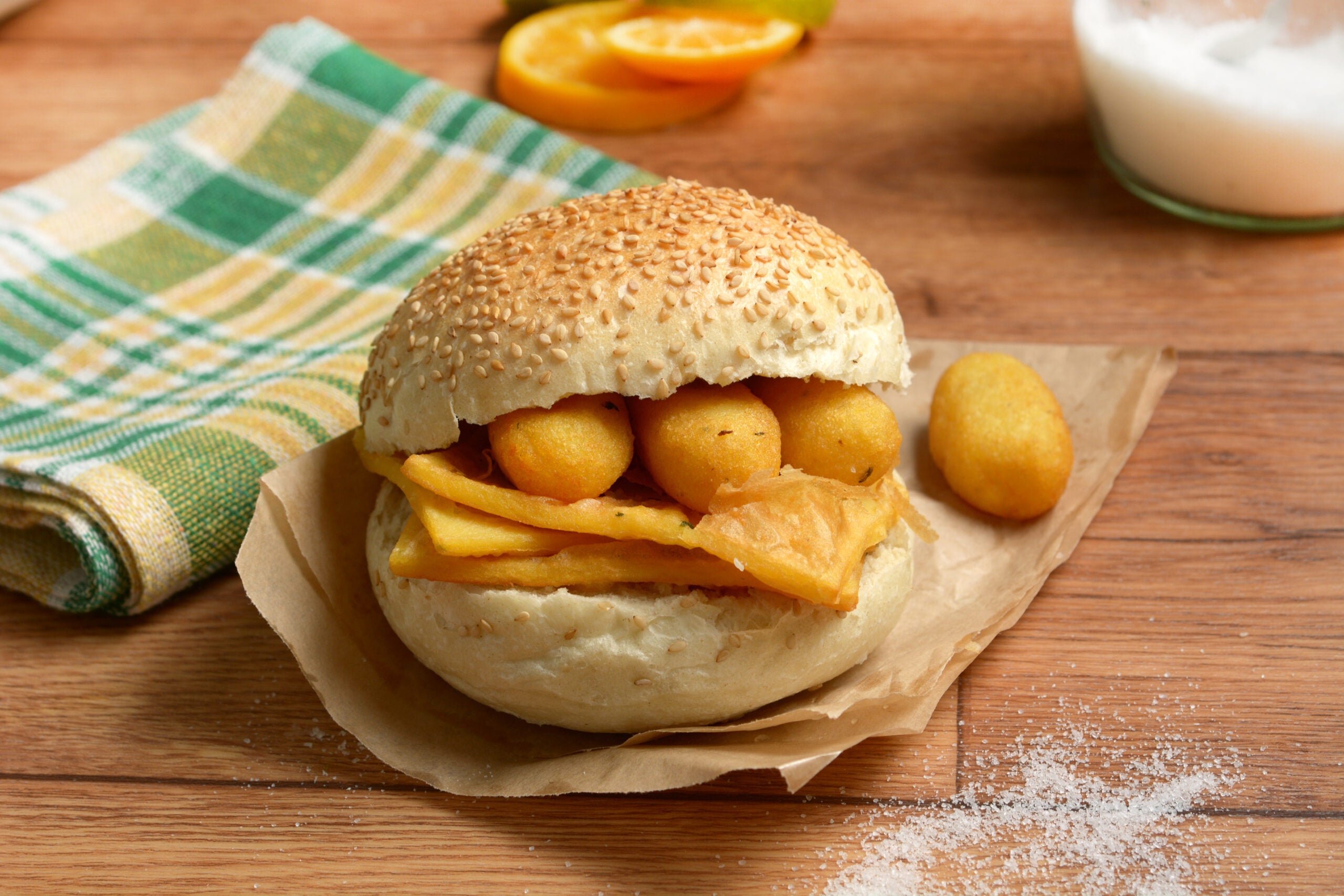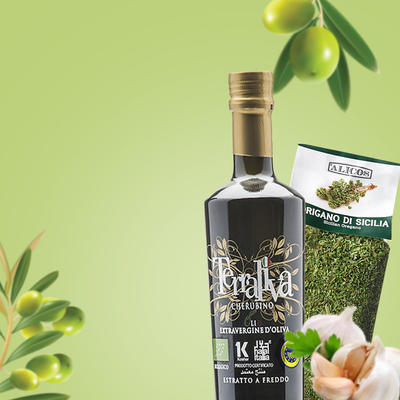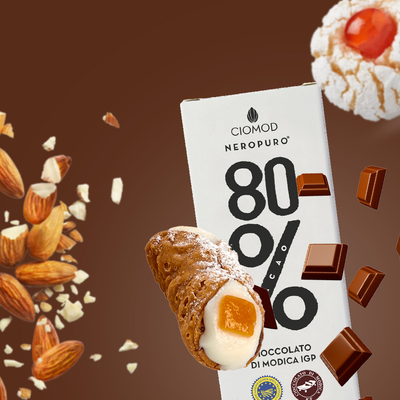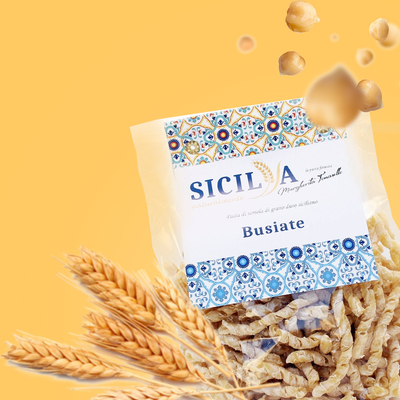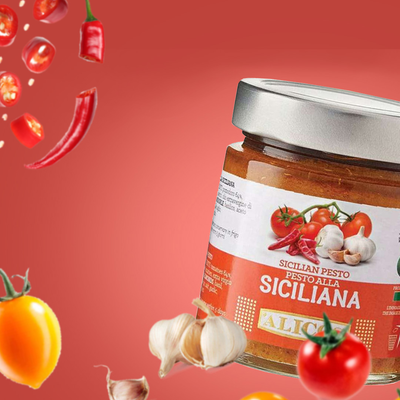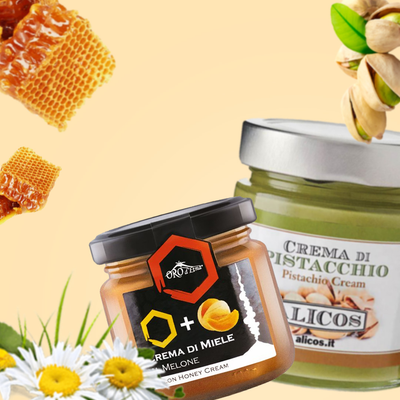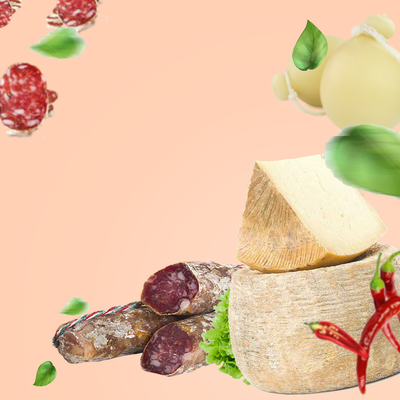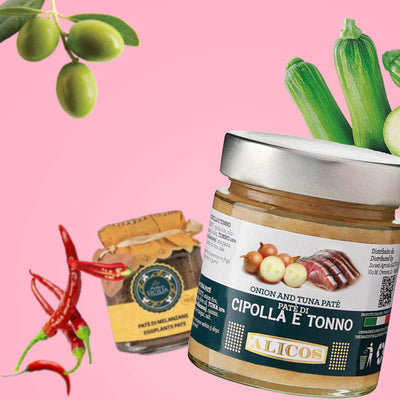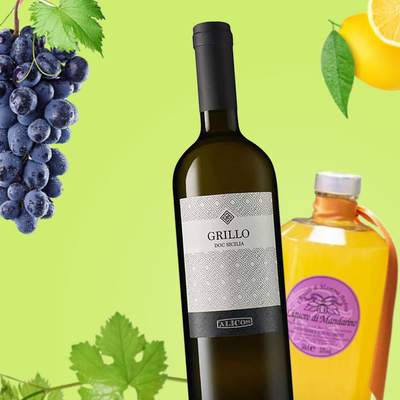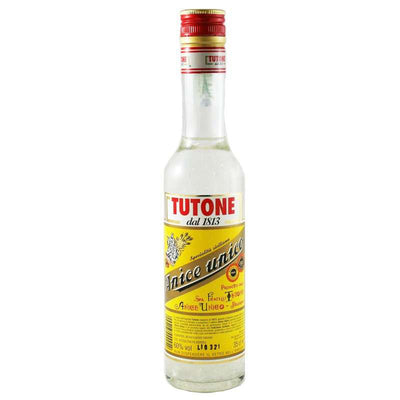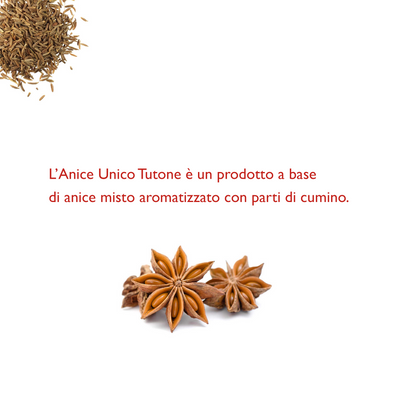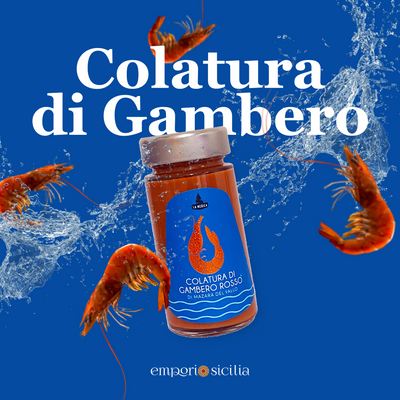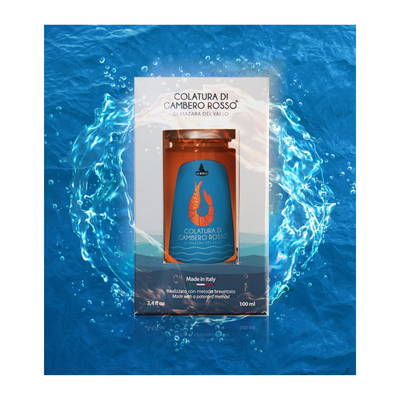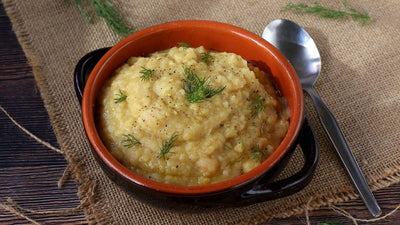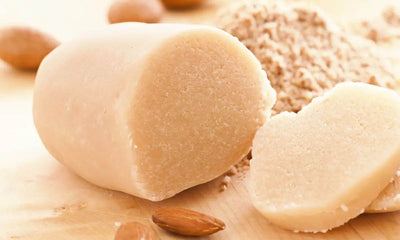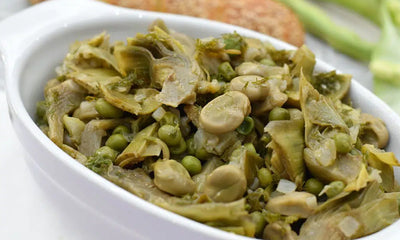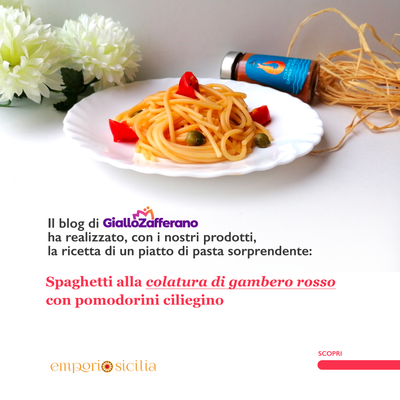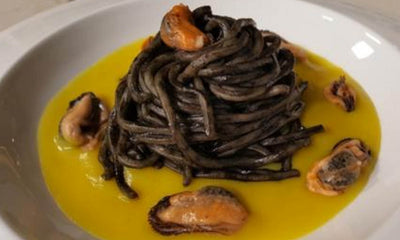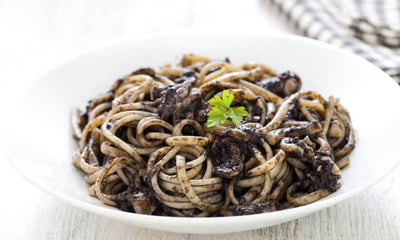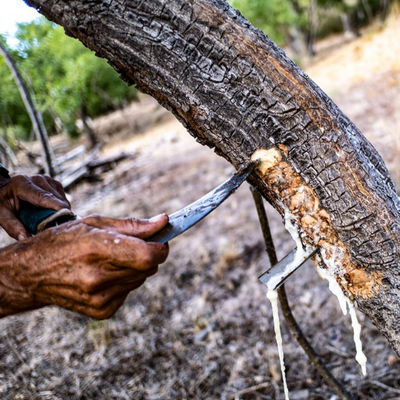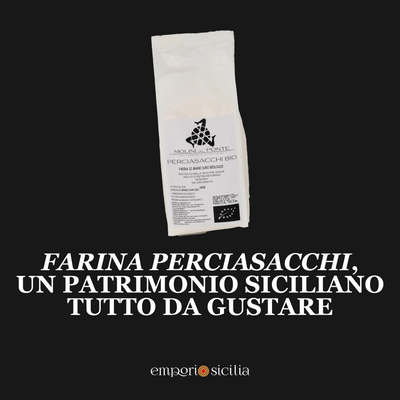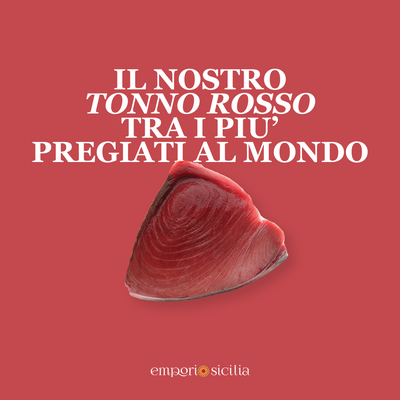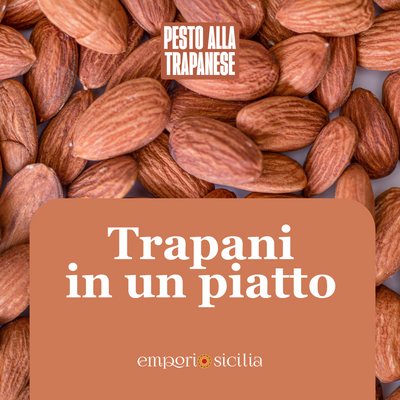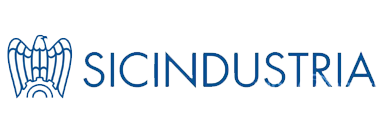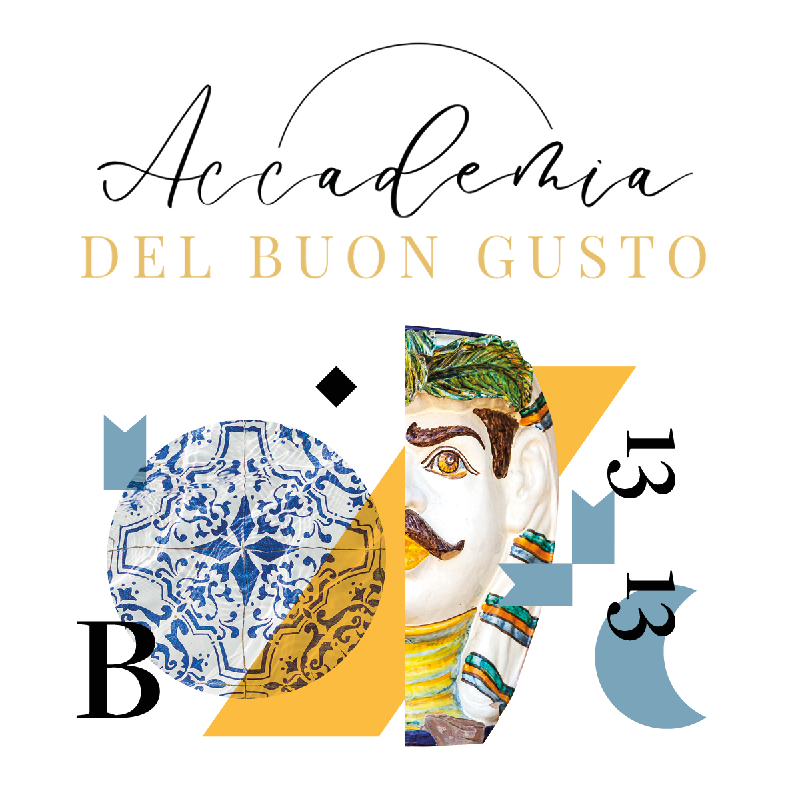The essence of the panelle sandwich is chickpeas, which were among the first foods consumed in the history of humanity. It seems that the chickpea plant was already known eight thousand years ago and used in Egypt and throughout the Mediterranean including Sicily. Already in imperial Roman times, chickpeas were widely used in cooking, especially in the form of 'polenta', i.e. chickpea flour mixed with water and cooked; as it was consumed by the Greeks, throughout the area of the so-called "fertile crescent" and above all in the Indian subcontinent. Perhaps the first panelle were cooked on stone inside vertical ovens, those used to bake flat bread. Perhaps in the late medieval period people began to fry panelle, probably during the French domination of the Angevin dynasty of Sicily, given that they were particularly fond of it.
Panelle represent one of the most renowned street foods in Palermo. This sort of small-sized flatbread bears witness to the history of the Mediterranean peoples. Already the Arabs, rulers of Sicily between the ninth and eleventh centuries, made a sort of dough with chickpea flour mixed with water which, cooked in a pan to obtain a dense and creamy mixture, was crushed and fried in small pieces.
The Sicilian saying “pari 'na paniella” (you look like a panella) refers to objects that have had the bad luck of finding themselves crushed under excessive weights. Panelle are the characteristic snack of the Palermo area accompanied by bread and often cazzilli (potato croquettes). They can be found everywhere, in fixed or mobile chip shops, on busy streets, in working-class neighborhoods or in the historic centre.
The recipe is very simple: The panelle are prepared with chickpea flour, water and parsley. The flour is dissolved in salted water; Place over a low heat and cook, stirring gently until it becomes a creamy, soft and smooth paste, then spread out on a surface, cut, allow to cool and then fry in hot oil. If you like, you can add parsley or mint leaves to the mixture.


